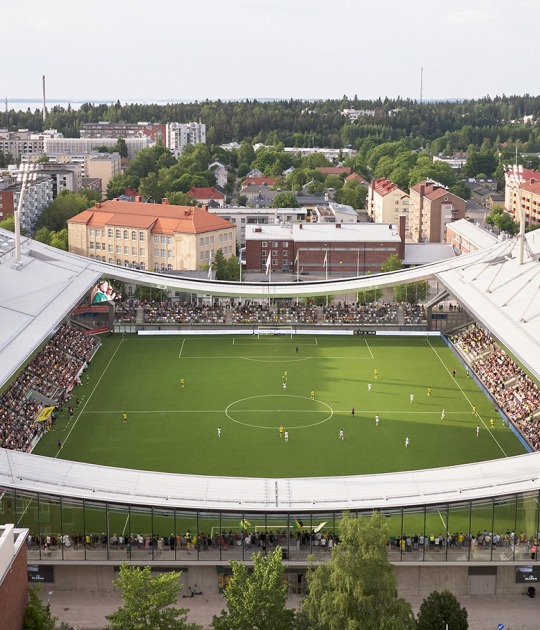Natalini was born on May 10, 1941 in Pistoia, a northwest town of FlorenceItaly. He attended the University of Florence, graduating in 1966. That year, he and di Francia, who passed away just last year, founded Superstudio. Gian Piero Frassinelli, Alessandro Poli, and brothers Roberto and Alessandro Magris joined in short order.
Together the architecture collective worked to extend architectural vision, through their the so-called "radical architettura" movement, the team developed visionary works, in a very different ways, with collages, experiments, manifestos, furniture, stories, storyboards, etc... like The Continuous Monument collage series, among many others.
Together the architecture collective worked to extend architectural vision, through their the so-called "radical architettura" movement, the team developed visionary works, in a very different ways, with collages, experiments, manifestos, furniture, stories, storyboards, etc... like The Continuous Monument collage series, among many others.
In architecture, critical activity has always been connected with the concept of utopia; utopia is not an alternative model: it puts forward unresolved problems (not ‘problem solving’ but ‘problem finding’). We could say that the original motive of utopia is hope. Utopia is the true preparation for projecting, as play is preparation of life. The revolutionary charge of utopia, the hope which is at its foundation and the criticism which is its direct consequence, bring back its dignity as a rational, ordering activity.
Superstudio's The Continuous Monument: An Architectural Model for Total Urbanization (1969).
Superstudio teamed up with other like-minded groups, including the Florence-based firm Archizoom Associati. The group dissolved in 1978.
Their work triggered multiple debates that are still valid today to think about new forms of architecture.
In the years following, from 1979, Natalini turned to teaching and would go on to form an architectural office, Natalini Architetti, with Fabrizio Natalini. The pair has created many works for historic cities in Italy and other countries in Europe. He was a professor at the Faculty of Architecture in Florence and an honorary member of the BDA (Bund Deutscher Architekten), the Accademia delle Arti del Disegno in Florence and the Accademia di San Luca.
In 1971, Natalini said:
Their work triggered multiple debates that are still valid today to think about new forms of architecture.
In the years following, from 1979, Natalini turned to teaching and would go on to form an architectural office, Natalini Architetti, with Fabrizio Natalini. The pair has created many works for historic cities in Italy and other countries in Europe. He was a professor at the Faculty of Architecture in Florence and an honorary member of the BDA (Bund Deutscher Architekten), the Accademia delle Arti del Disegno in Florence and the Accademia di San Luca.
In 1971, Natalini said:
“If design is merely an inducement to consume, then we must reject design; if architecture is merely the codifying of bourgeois model of ownership and society, then we must reject architecture; if architecture and town planning is merely the formalization of present unjust social divisions, then we must reject town planning and its cities…until all design activities are aimed towards meeting primary needs. Until then, design must disappear. We can live without architectue."

































![Alessandro Poli (Superstudio). Collage of a horse for the film Supersuperficie [Supersurface] (later excluded from film), 1972. Alessandro Poli fonds, CCA. © Archivio Superstudio Alessandro Poli (Superstudio). Collage of a horse for the film Supersuperficie [Supersurface] (later excluded from film), 1972. Alessandro Poli fonds, CCA. © Archivio Superstudio](/sites/default/files/styles/mopis_home_news_category_slider_desktop/public/lead-images/metalocus_policca_02p.jpg?h=06a7230c&itok=TeckT9Rl)




